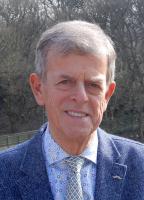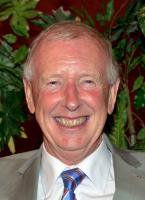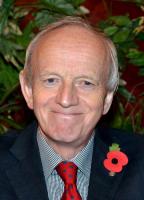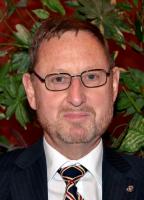Speaker Our Own Ken Senior - Prince Henry's Grammar School Otley
Wed, Jul 20th 2022 at 12:00 am - 2:00 am
Ken spoke about his Alma Mater Prince Henry’s Grammar School in Otley. He had an unbound, uncut book dated 1820 that gave the history up to that point.
The money for the school originally came from the will of Thomas Cave, a local cloth merchant, in 1603. He was a “Chapman” (i.e. an itinerant merchant) from Wakefield, but his family originated in Otley. He left £250 for the establishment of a school in the Parish of Otley on the condition that an equal amount of money was raised by the local community within four years. A Royal Charter was granted by King James I on 30 April 1607.
The royal charter was granted after a petition by local residents, including Thomas Fairfax and the local vicar, Rev. William Harrison. Rev. Harrison filed for the Charter and included in it that he become the first school master for life. The executors of the will (Cave’s relatives) were reluctant to release the money from the will. But after a couple of court cases the court ruled that the bequest must be honoured. £380 was used to buy land from James and Mary Green near Thirsk, this land was then rented back to the couple and their descendants for a thousand years in exchange for 40 marks a year, (about £26) which was used to pay wages for the school staff.
The original name of the school was "The Free Grammar School of Prince Henry at Otley". The School was named after King James's son Henry Frederick Stuart, Prince of Wales, who was heir to the throne, but who died before his father and thus never became king. Free in this context meant: -
• That the school was free from the church’s jurisdiction
• It was free to choose it’s own curriculum.
• It was free from the Statutes of Mortmain which forbade the donation of land to the church to avoid feudal dues.
Teaching began in 1611 in the Old Vicarage as a permanent site had not yet been procured. The original statutes of the school in 1611 state that the School Master must be fluent in both Latin and Greek. These subjects had to be taught to the pupils free of charge but other subjects such as mathematics and English writing could be charged for. The Charter stated that the Master would be paid £20 a year for their work in Greek and Latin but could earn extra from the fees for other subjects.
Land was granted by the Archbishop of York, who had an estate in Otley, for the creation of a permanent school. The original school building was built in Manor Square and finished in 1614. It had only one floor. A second floor was added in 1790 after a £40 grant from the Archbishop of York.
An inspection of the school in 1824 found that there were around 5 pupils receiving a free education in Latin and Greek. However, a further 40 pupils received lessons in maths and English writing and grammar which their parents paid for.
In 1611, when the school started, Otley covered 43 square miles and had a population of 600 people in the parish.
The school closed in 1874 due to increased competition with the National Schools which were being established across the country after the Elementary Education Act 1870. The school did not reopen until 1918.
The West Riding County Council in 1904 decided to build a new secondary school for the Wharfedale district in Guiseley, instead of Otley, despite hopes that Prince Henry's Grammar School could be recreated.
They planned to reopen the school in 1909, but these plans were slowed down by the County Council and the outbreak of the First World War. The school eventually re-opened in Otley in 1918 and for the first time girls were allowed to attend. The new school was at this time also renamed to its present name of "Prince Henry's Grammar School". The school governors bought the current Farnley Lane site of the school for £1575, but in 1911 the County Council refused to help any further to develop the site into a school. So when the school reopened on 18 September 1918, it was temporarily based out of the Mechanics Institute, which later became Otley Town Hall. When it reopened there were 117 students. Teaching began in the new school building on Farnley Lane in 1927.
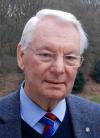 Contact Ken Senior about this page:
Contact Ken Senior about this page:
'What We Do' Main Pages:
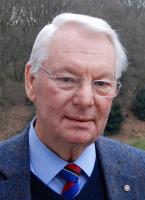
Coming under Community this part of the group exists to undertake environmental projects on behalf of the club.
more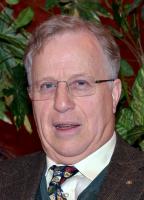
This committee provides the link with Rotary Internationals main charitable trust which primarily deals with projects having a global nature.
more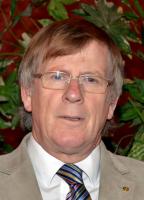
Rotary is not just about doing good deeds but also about enjoying yourself and this committee organises social activities. This page contains an archive of some of our activities.
moreThis committee works with the other committees to help them raise funds for their individual projects to support charities locally, nationally and internationally.
moreThis is the vehicle that donates the money that we have raised to the various good causes that we support. Its official name is The Rotary Club Of Bradford Blaize Trust Fund and its registered number with the Charity Commission is 514621.
moreThis committee organises social events and deals with the day to day running of the club.
moreThis committee exists to provide PR and communications between the members and also to provide links to non members through the web site and Facebook.
more